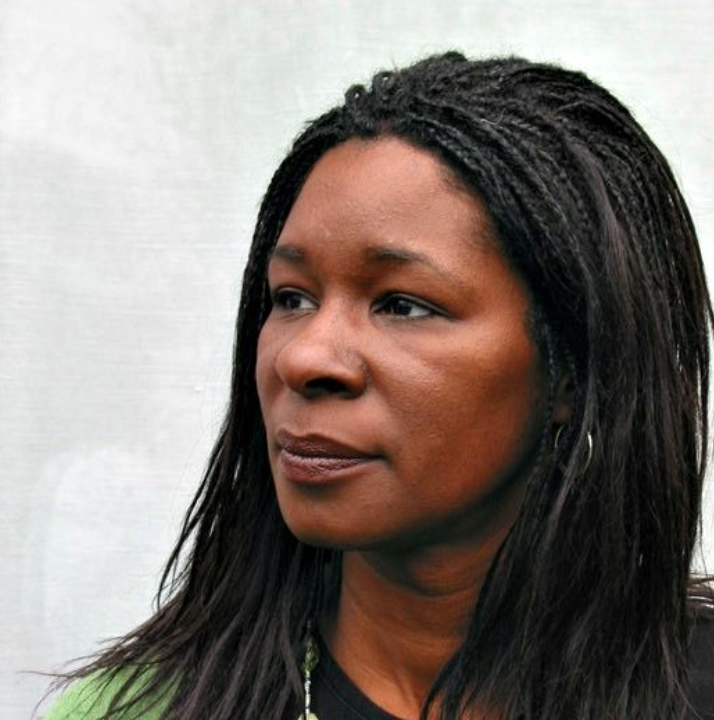Have you ever wondered why children often have a strong desire to repeat actions, such as putting all of their bricks in the truck one at a time, wrapping pretend presents, covering themselves or playthings up, putting objects in bags and containers, scattering toys, going through boundaries, going back and forth, jumping up and down, or throwing things?
Babies, toddlers and young children pass through a specific and very important stage of development and learning called schemas. Schemas are part of Jean Piaget’s theory of cognitive structures. Schemas are biological and cut across cultures. We are born with them, they are with us from birth right through to death. Importantly, schemas link to brain development and how children think. Although basic schemas are found in every human in every part of the world – in the same way as vision, hearing, touch and movement are present, unless there is damage – there are fascinating variations in the way in which they present, according to cultural contexts and individual interests which emphasise some schemas more than others.
It’s important that we keep in mind that each stage of a child’s development needs to be lived fully by the child without being rushed. Through the process of repeating their actions, such as dropping or throwing things, children begin to understand the properties of materials. For instance, a feather will flow through the air and a leaf will fall to the ground. This gradual process of repeating experiences and gathering information enables children to recall and remember their actions. This leads to children acquiring knowledge and understanding about particular concepts, allowing them to embed learning and make it a part of themselves.

Put simply, schemas are repeated patterns of linked behaviour that babies, toddlers and young children display when they play and explore. Children may try out the same action again and again in a range of different situations. In this way, children learn through their own efforts, testing out their theories, and incubating and representing their thoughts and ideas. Young children work hard in their explorations to make sense of the things that they experience as they play. There is always a reason, a purpose or a goal. A child interested in lining up, throwing and dropping objects could be working on a vertical trajectory schema. If a child is interested in up and down, they will seek out opportunities to climb. They may also have an interest in heights or how things fall through the air. Similarly, if a child is interested in rotation, they may be fascinated by things that twist, turn and spin. What children learn is important but how children learn through their schemas is even more important if they are to develop independence, inquiry and active learning and the desire to find things out for themselves. If we do not get this stage of development right, where the process of doing things repeatedly is nurtured, it will hamper the child’s further development.
Sometimes it can be difficult to describe in detail the complexities and connections observed in play. Knowledge of schemas gives us a way of describing common behaviour patterns in seemingly unrelated activities. They help us to describe in more detail the way in which a child is approaching learning. This helps us to understand children’s play better and to provide appropriately for each individual. Using schemas in the field of observation helps us to have conversations with parents which benefit the children, family and ways of working together.
Schemas are useful in observation and assessment because they demonstrate the journey children make from sensory learning and physical movement to understanding and becoming skilled in symbolic and cause and effect learning, which enables executive functioning. Ultimately, schemas provide clarity about the central importance of learning through play.

Dr Stella Louis is a freelance early years consultant, trainer and author who specialises in observation and its part in developing learning, development and teaching, especially through children’s schemas. She is the author of two books, ‘Schemas for parents’ and ‘How to use work group supervision to improve early years practice’. Stella currently leads a small team of Froebelian traveling tutors in promoting, developing and delivering Froebel Trust courses in England.